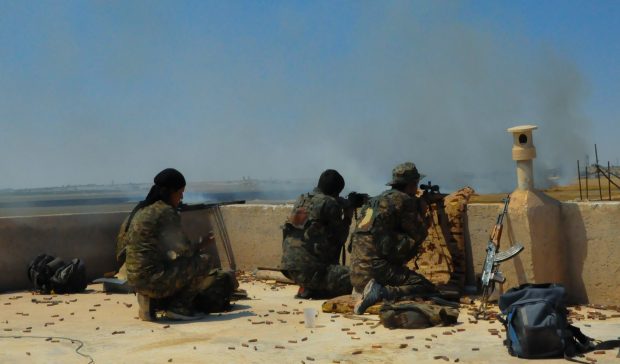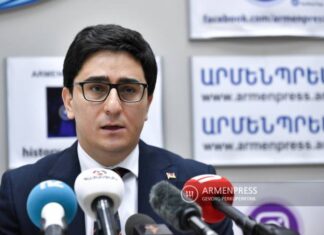ISTANBUL (Public Radio of Armenia) — An Armenian family that had fled the Armenian Genocide 100 years ago and found security and stability in Afrin, Syria, were among the victims of the bombing of the Turkish warplanes in the center of the Rajo district, Hawar News Agency reported.
On January 24, Turkish warplanes bombed the Rajo area, killing ethnic Armenian Rosher Konis, and injuring his mother Shamsa Konis, 57, while his sister Hanifa Konis, 25, lost her leg.
The agency quoted Hartyon Kivork, a relative of the family, as saying: “Their ancestors fled the oppression of the Turkish authorities nearly 100 years ago in the result of the massacres committed by the Turks against the Armenians so that they headed towards Afrin to live in peace among their Kurdish brothers and all other peoples and sects living in the area.”
Hartyon Kivork added, “But the Turkish occupation army has resumed its massacres which do not differentiate between people and stones to commit new massacres against all peoples in Afrin to leave our Armenian family as a victim of the Turkish crimes again while we used to live in harmony in our homes to be attacked again by the Turkish state.”
Turkey launched an air and ground campaign into Afrin, a Kurdish-controlled enclave in northwestern Syria on January 20.
The Turkish operation aims to oust from Afrin a militia made up of an estimated 8,000 to 10,000 fighters affiliated with the People’s Protection Units or YPG, a Syrian Kurdish group that has controlled territory in northern Syria and proven effective in fighting the Islamic State group.









